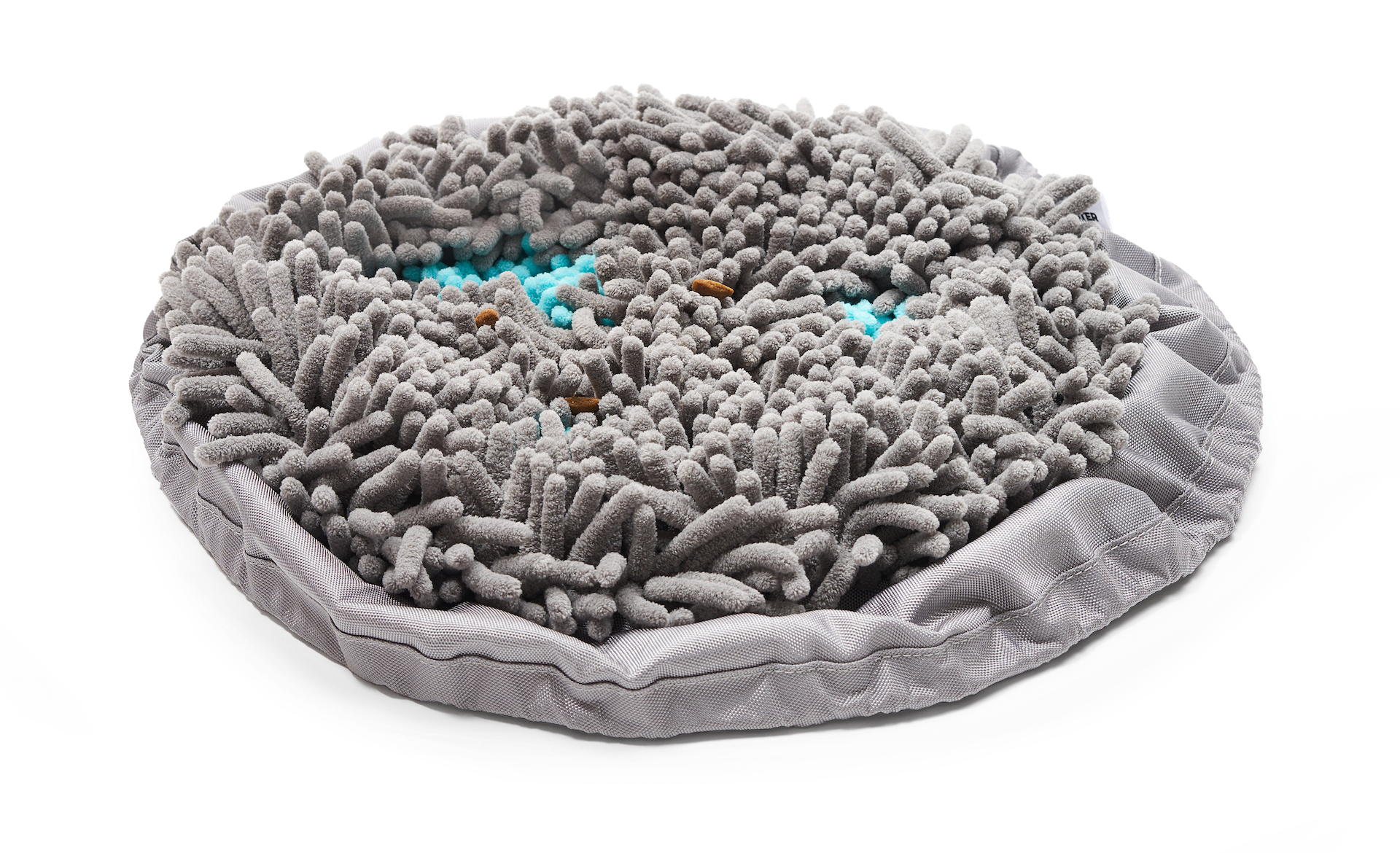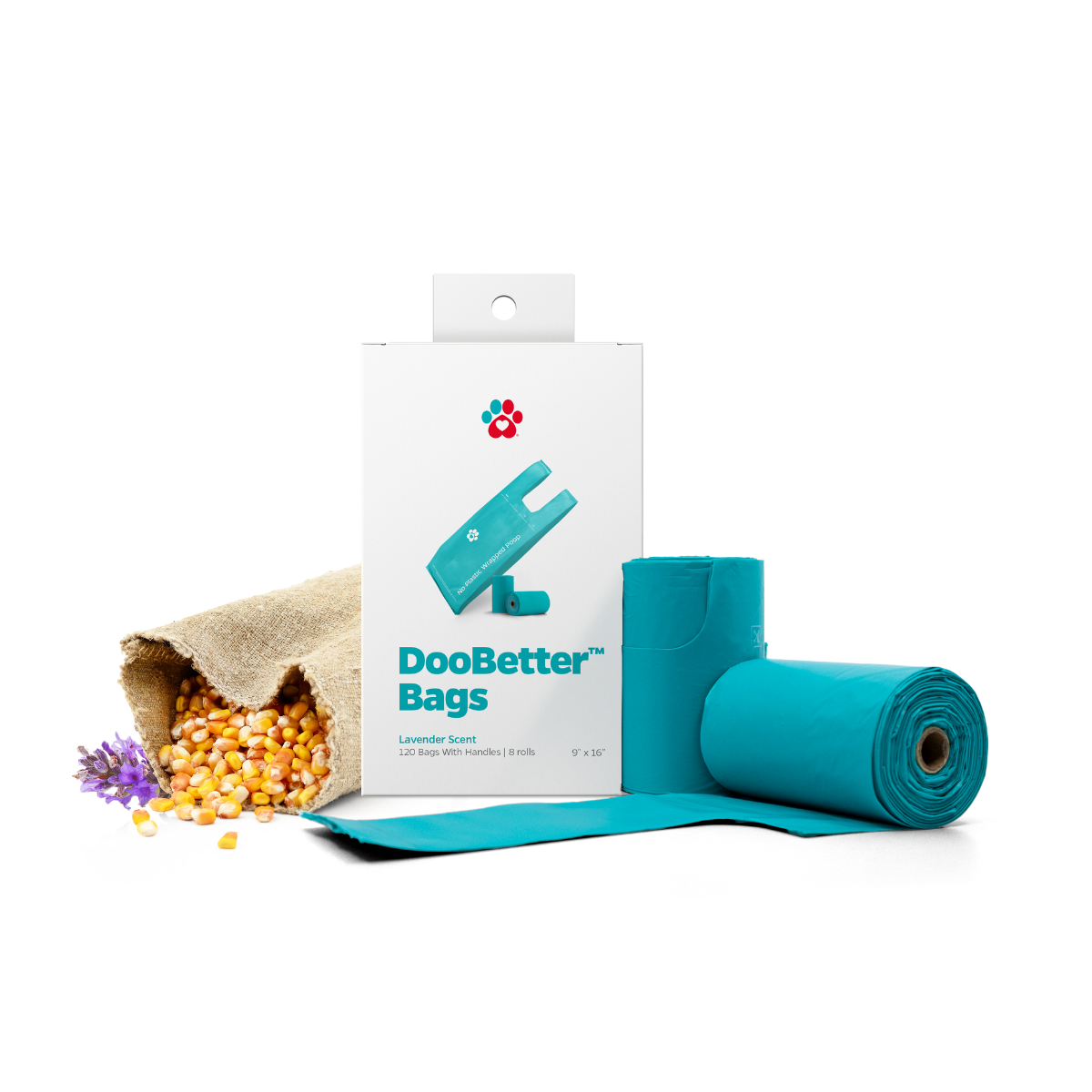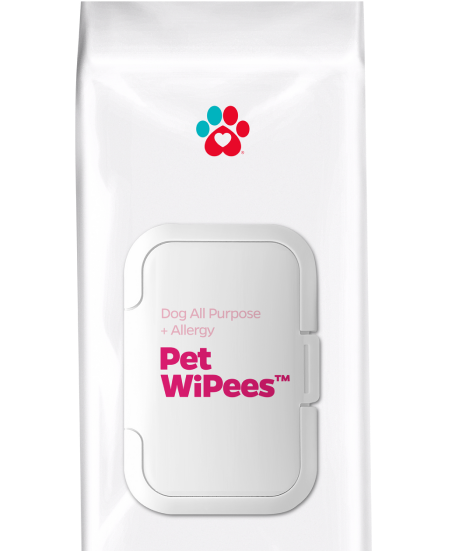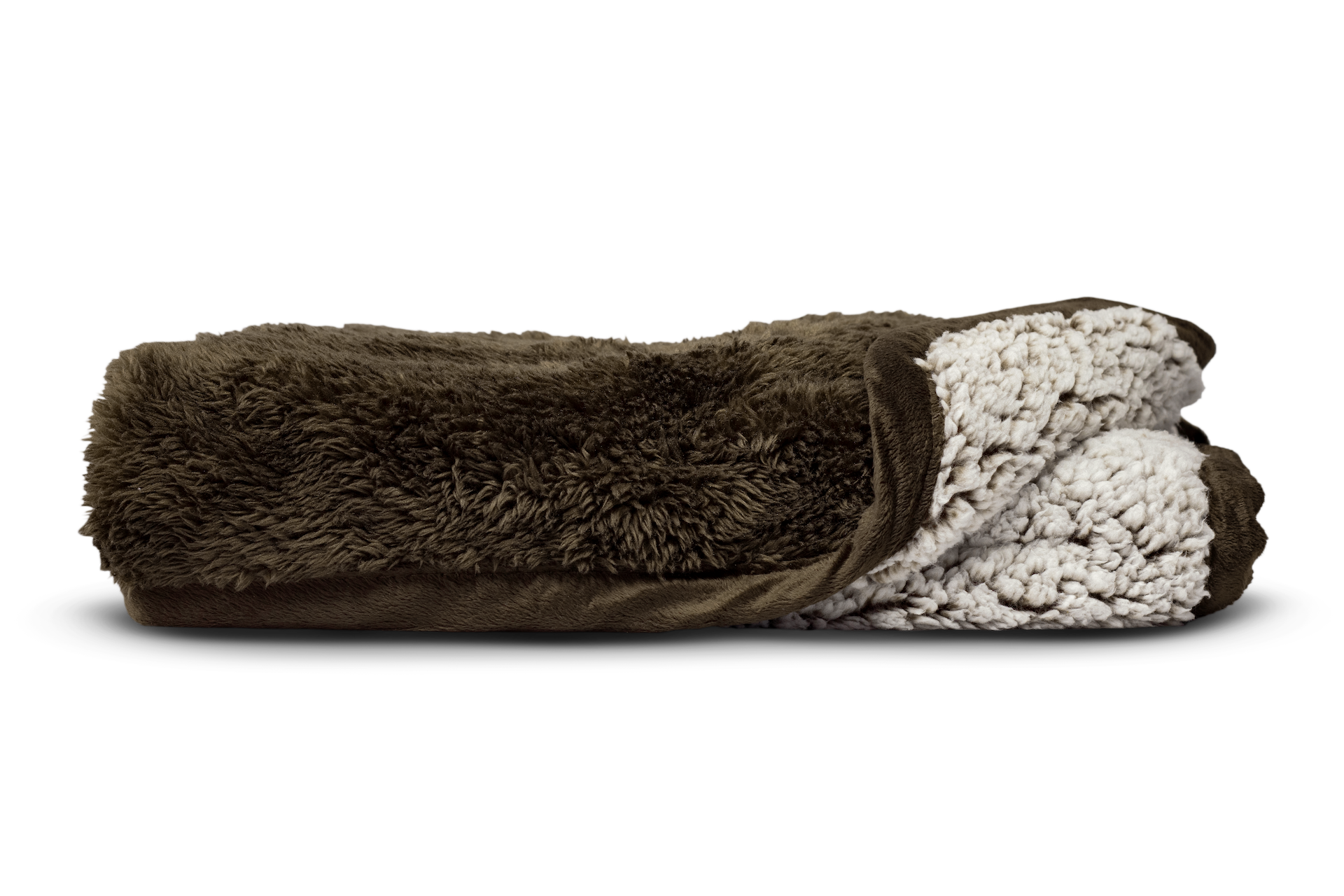The stages of kitten development pass very quickly, especially in the first couple of weeks. Your kitten will experience many developmental milestones in the weeks following their birth, both physical and behavioral. Each milestone will also require different feeding, bathroom, and medical needs.
In this article, we share the developmental milestones from the 1st to 12th week of a kitten's development and the care your kitten will need as they begin to discover the world one meow at a time.

Stages of Kitten Development
Newborn Kittens
- blind and deaf
- have no teeth
- eyes are closed at birth but will begin opening within 5 days and their initial color is blue
- ears are folded at birth, but will begin to unfold and hear sounds within the first week
Newborn kittens are helpless and totally dependent on their mother cat for food and warmth. If a mother cat is unable to tend to her litter, consult your vet for a recommended kitten formula to feed the newborns. This will help boost their immune system and provide them with the right nutrition needed to grow.
Newborn kittens weigh about 3.5 ounces and their body weight will double after a week. It’s recommended that you weigh your kitten every day and keep track of their growth to make sure they are growing and are receiving proper nutrition.
At this stage, keep kittens warm because kittens under 4 weeks of age cannot thermoregulate their own body heat and depend entirely on external heat sources for warmth. And since newborns (or mother cat) may easily soil their whelping box, placing a super absorbent bedding like Pawtect® Pads helps keep their space clean and dry. Pawtect® Pads are best-in-class at absorption and odor control. These pads are also made with WickQuick®, a proprietary fabric blend that absorbs and locks in more liquid per square inch compared to other pads available in the market.
"Since newborns (or mother cat) may easily soil their whelping box, placing a super absorbent bedding like Pawtect® Pads helps keep their space clean and dry."
Two-Week-Old Kittens
- wobbly attempts to crawl and walk; uncoordinated mobility
- squeaky cries
- eyes may or may not be fully opened; poor vision
- may begin scratching behavior
- claws are still non-retractable
- they have more awareness of what’s around them and may begin to interact more with their littermates if they have
As soon as kittens reach two weeks old, talk to your vet about having your furbabies dewormed. Also, you may slowly begin handling them to encourage social development, which will help them easily adapt to their new homes when they’re older and ready.
Three-Week-Old Kittens
- eyes and ears are fully developed, but eyesight will still be a bit blurry
- will begin to move and explore more, but are still uncoordinated
- still can’t control claw retraction
This is the best time to start socializing kittens by slowly introducing them to safe toys made specifically kittens. It is also a great time to help kittens become comfortable with the human touch. You can do this by gently stroking them and respecting the mother cat if she begins to become possessive of her litter.
In feeding, you may start introducing wet food. You may have the kittens eat from a food bowl or feed them with bottles.
At three weeks old, kittens will start to pee and poop on their own according to Alley Cat Allies. This is a great opportunity to introduce a small litter box with non-clumping litter. Most kittens will instinctively know what to do with the box, but others may need some litter box training.
Four-Week-Old Kittens
- kittens are not considered neonatal anymore
- fur has begun to fill in and may resemble what they would look like when they’ve grown fully
- hearing and sight are improved; they will also have improved senses
- claws will be retractable
- will spend their time walking, running, and playing
- more aware and responsive of their surroundings; according to Hill’s Pet, during this stage, kittens are confident enough in their newfound mobility that they become curious and adventurous.
At this stage, you may offer supplemental feeding and make certain that the kittens are still maintaining a healthy weight and body condition during weaning. It’s also recommended that you regularly check for any abnormalities. If there are any, talk to your vet as soon as possible.
"Kittens under 4 weeks of age cannot thermoregulate their own body heat and depend entirely on external heat sources for warmth."
Five-Week-Old Kittens
- ready to eat soft food
- extremely playful
- hearing and eyesight are fully developed
- coordination is better
- distinct personalities are recognizable
- testicles of male kittens are visible
- some kittens will figure out how to escape from their whelping box
At five weeks old, you may feed kittens soft, wet food while they are also nursing from the mother cat. This will provide them with extra energy for their day-to-day adventures. This is also a great opportunity for you to feed them together with their mom so that they can still be with their mom while you gently interact with them.
Six-Week-Old Kittens
- eyes are focused
- mobility is stable; tails are used to balance
- will begin getting curious about things in short distances
- will begin to play-bite their mother and their littermates
- are able to clean themselves and will also try to groom other littermates
- are able to use scratching posts
- baby teeth will begin coming in
- eye color will change to their final color
- will no longer rely on external heat sources since they’re able to regulate their own body temperature
During this stage, you may begin to talk to your vet about spaying and neutering. It’s also a good idea to reintroduce them to their litter box after eating, during playtimes, and after rest. These are common times that kittens usually use their litter box and when accidents could happen.
Eight-Week-Old Kittens
- kittens are weaned and no longer dependent on their mother cat
- their growth rate will begin to slow down
- will continue to develop strength and muscle tone
At about eight weeks of age, kittens will receive their first FVRCP (Feline Viral Rhinotracheitis, Calicivirus, and Panleukopenia). This protects them from diseases that cats can acquire at any age. This vaccine will be given again when kittens turn 12 weeks old and another when they are 16 weeks old. When feeding, you may have to feed kittens three times a day to support their rapid growth, but remember not to overfeed them to avoid obesity.
Ten to Twelve-Week-Old Kittens
- all 26 baby teeth have fully erupted
- eyes are now of permanent color
- fully mobile
- their personalities traits are distinguishable
- ready to go to their new homes
- exclusively eat solid food
- are playful
At ten weeks, kittens may begin to mark, spray, or create accidents. If you’re dealing with this, have your furbaby wear Pet Parents® Washable Cat Diapers. Pet Parents® Washable Cat Diapers are made with a soft, non-abrasive WickQuick® proprietary fabric that absorbs liquid instantly. These premium cat diapers have best-in-class absorption, which will help to prevent diaper rash, all while keeping your home clean and mess-free.









